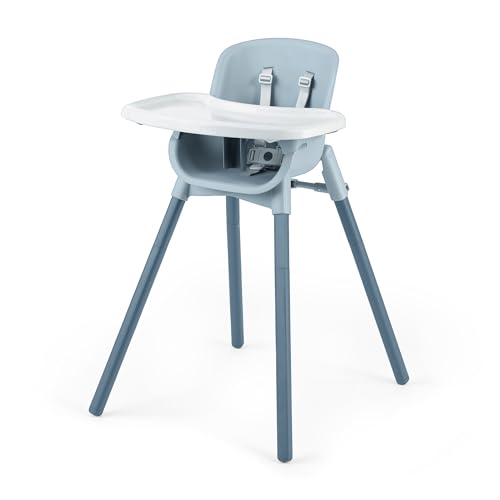
1. Check the Nipple’s Vent Hole
Most baby bottle nipples have a small vent (or anti-colic valve) that allows air into the bottle as your baby drinks. If this vent is blocked, a vacuum forms, causing the nipple to collapse.
- Solution: Before each feeding, ensure the vent hole is open. You can gently squeeze the nipple or use a clean toothpick to check if it’s clear. Some nipples have a tiny slit or a small hole on the base near the bottle rim. Make sure these are not stuck together.
2. Loosen the Bottle Collar
If the bottle collar (the ring that holds the nipple) is screwed on too tightly, it can seal off the vent hole, especially in nipples that vent from the collar area.
- Solution: Try loosening the collar a quarter turn. This might create enough space for air to enter, stopping the collapse. Just make sure it’s not too loose, or the milk could leak!
3. Consider a Faster Flow Nipple
If your baby is sucking very hard, it might be because the milk flow is too slow for them. Strong sucking can create a powerful vacuum, leading to nipple collapse.
- Solution: If your baby is older or seems frustrated with the flow, try a nipple with a slightly faster flow rate. Look for nipples labeled for “medium flow,” “fast flow,” or for older infants.
4. Replace Old or Damaged Nipples
Over time, bottle nipples can wear out. The silicone or latex can soften, stretch, or become damaged, affecting their shape and how they vent.
- Solution: Regularly check nipples for signs of wear and tear, such as tears, holes, stickiness, or thinning spots. Replace them every 2-3 months, or sooner if you notice damage.
5. Burp Your Baby
Sometimes, a baby’s strong suck combined with a buildup of pressure from swallowed air can contribute to nipple collapse.
- Solution: Take short breaks during feeding to burp your baby. This releases any trapped air and can help reduce the vacuum effect.
6. Try Different Bottle Brands or Nipple Shapes
Not all bottle systems are created equal, and some might be more prone to nipple collapse than others due to their venting design.
- Solution: If you’ve tried everything else, it might be worth experimenting with a different brand of bottles or a different nipple shape. Some bottles feature internal venting systems designed specifically to prevent vacuum formation.
Nipple collapse is a common feeding issue, but with these simple fixes, you can usually solve it quickly and ensure a smoother, more comfortable feeding experience for your baby.

